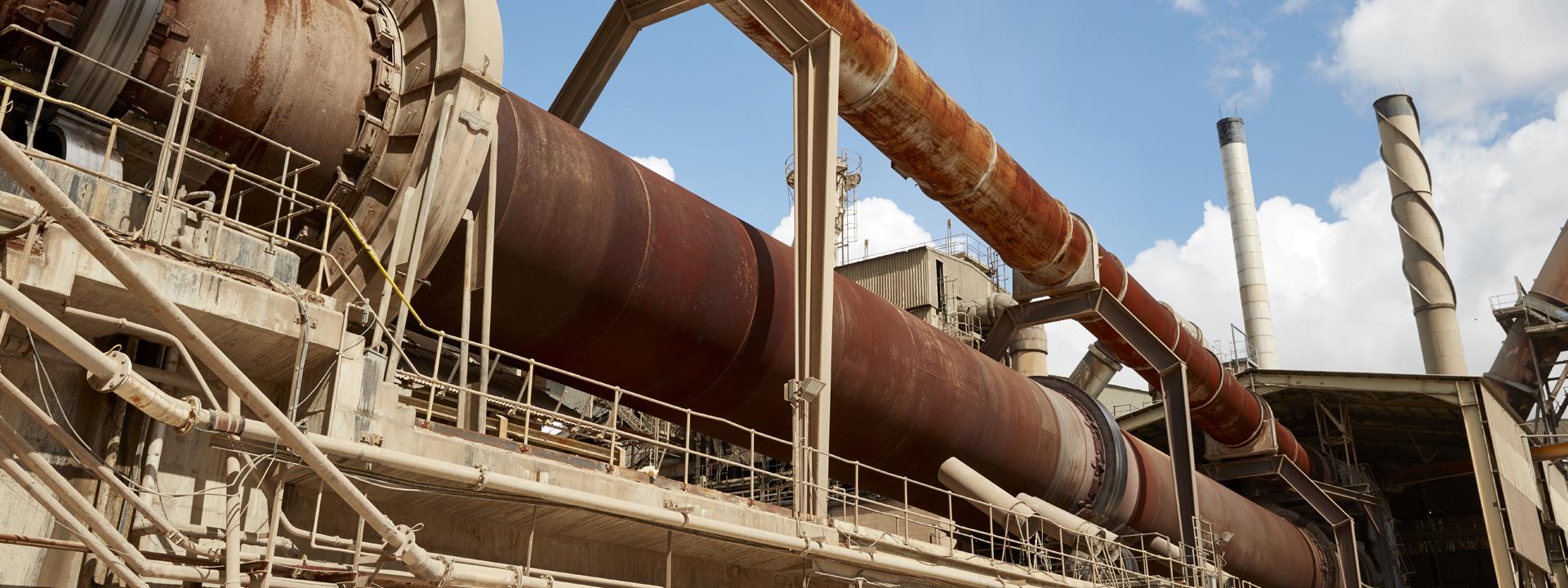Waste as fuel
Use of alternative fuels in our cement kilns dropped principally due to an incident early in the year when the main stack at our Ketton works in Rutland was blown down in a storm, causing damage to the kiln by-pass system, which cleans the exhaust gases. As well as reducing clinker production for three months, the stack failure also limited the quantity of alternative fuels that could be used in the kiln until the by-pass system was repaired. This incident also had a knock on effect on biomass fuel use.
We burn three main alternative fuels in our kilns: solid recovered fuel (SRF) from domestic waste, meat and bone meal (MBM) and Cemfuel, made from industrial solvents. We also burn chipped tyres. The availability of MBM (which is 100 per cent biomass) has declined as a result of market changes and the fact that suppliers are using it themselves for power generation rather than supplying the cement industry.
-
Cement fuel derived from waste - tonnes data
Cement fuel derived from waste
2010 (baseline)
2014
2015
2016
All waste
158,704 (53%)
207,121 (54%)
214,820 (53%)
168,091 (45%)
Biomass
74,429 (24%)
75,866 (20%)
71,017 (19%)
49,525 (14%)
Data has been amended for all years to omit the energy content of PFA

